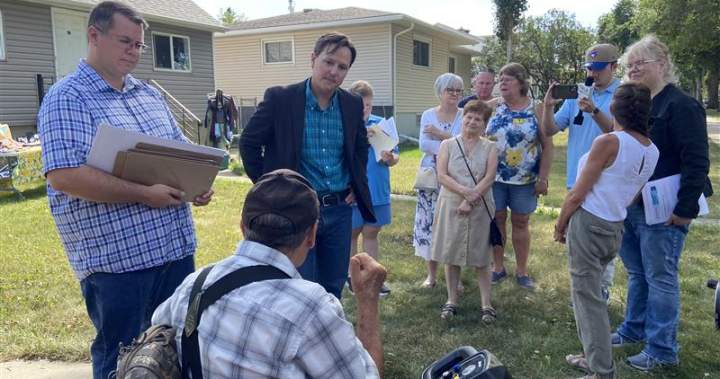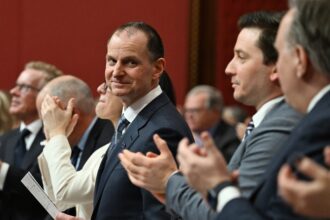In a bustling community hall yesterday evening, Alberta Transportation Minister Devin Dreeshen faced a packed room of passionate Edmontonians, marking the first of several planned consultations on the province’s controversial bike lane policy. The gathering, which drew over 200 residents, represents a pivotal moment in the ongoing dialogue between provincial authorities and urban cycling advocates who have expressed growing concern over infrastructure decisions.
“We want to ensure Albertans have a say in how their tax dollars are being spent,” Dreeshen explained as he addressed the diverse crowd of cycling enthusiasts, concerned business owners, and neighborhood representatives. “This is about finding solutions that work for everyone who uses our roadways.”
The consultation follows months of tension after the provincial government announced potential plans to review municipal bike lane projects that receive provincial funding. The move prompted immediate pushback from urban planning experts and cycling advocates who argued such oversight could undermine local decision-making authorities.
Edmonton resident Marta Chernenko, who cycles year-round, captured the sentiment of many attendees when she stood to address the minister. “Bike lanes aren’t just about cyclists—they’re about creating safer streets for everyone. When I can bike safely, that’s one less car on the road during rush hour,” she stated, earning nods from several attendees.
The data appears to support her position. According to statistics shared by city officials present at the consultation, Edmonton neighborhoods with protected bike infrastructure have seen a 12% reduction in vehicle-cyclist collisions since implementation began in 2017. Additionally, businesses along routes with enhanced cycling access have reported an average 9% increase in customer traffic.
However, not all voices at the consultation favored expanded cycling infrastructure. Local business owner Raymond Teller expressed concerns about the impact on parking availability. “My customers need places to park, and every time a bike lane goes in, we lose valuable spaces,” he noted, highlighting the complex balance city planners must strike.
The consultation featured structured small-group discussions covering topics ranging from funding mechanisms to design standards for cycling infrastructure. Ministry staff collected detailed feedback, with Dreeshen promising that public input would directly inform provincial policy development.
City Councillor Anne Stevenson, who attended as an observer, emphasized the importance of maintaining municipal authority over transportation planning. “While we welcome provincial support for infrastructure projects, these decisions ultimately need to reflect local needs and priorities that city councils are best positioned to understand,” she told reporters after the event.
The Edmonton consultation represents just the first step in what the province describes as a comprehensive engagement process. Similar sessions are scheduled for Calgary, Lethbridge, and Red Deer in the coming weeks, with online feedback options available for those unable to attend in person.
As municipalities across Alberta continue developing transportation networks that accommodate various modes of travel, the fundamental question emerges: How can provincial oversight balance fiscal responsibility with the increasingly diverse transportation needs of growing urban centers? For Edmonton’s cycling community and transportation planners alike, the answer to this question will shape the future of urban mobility throughout the province.










